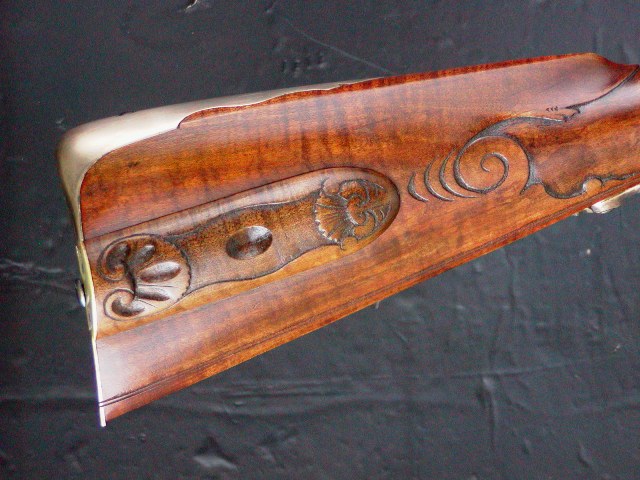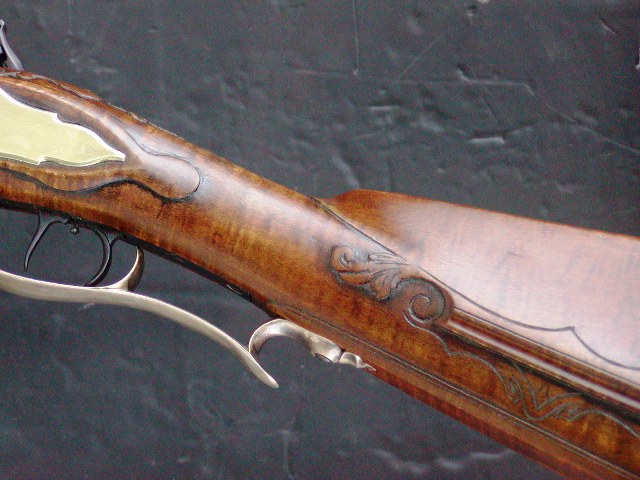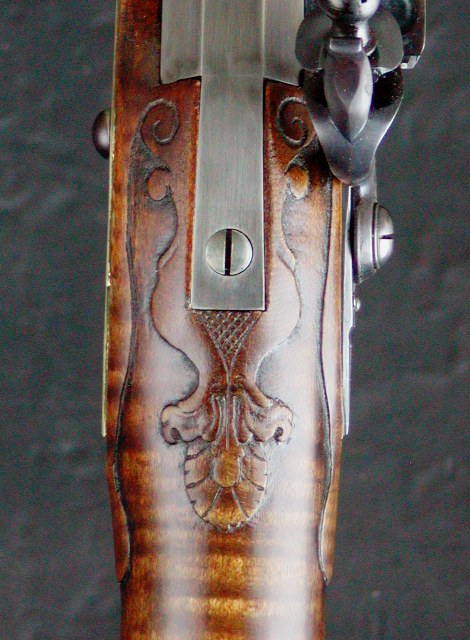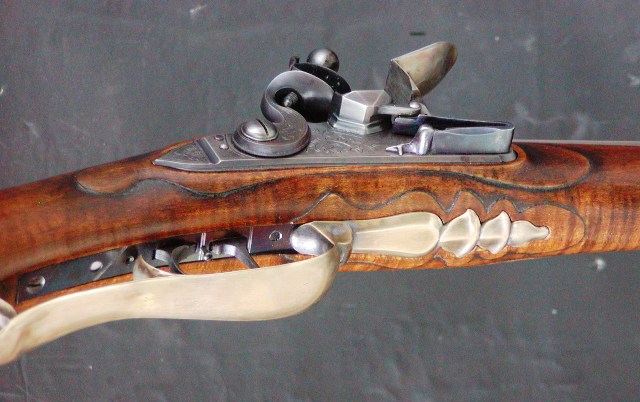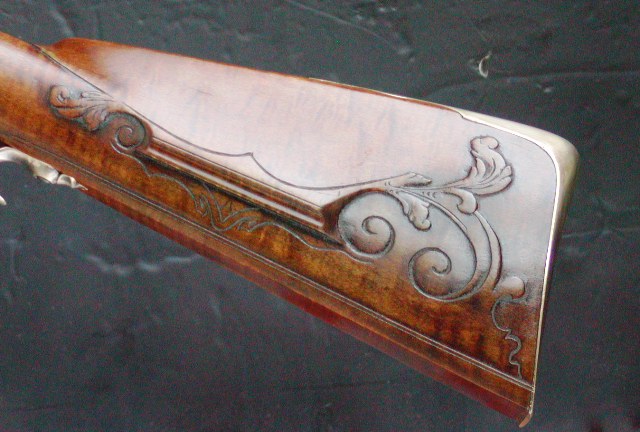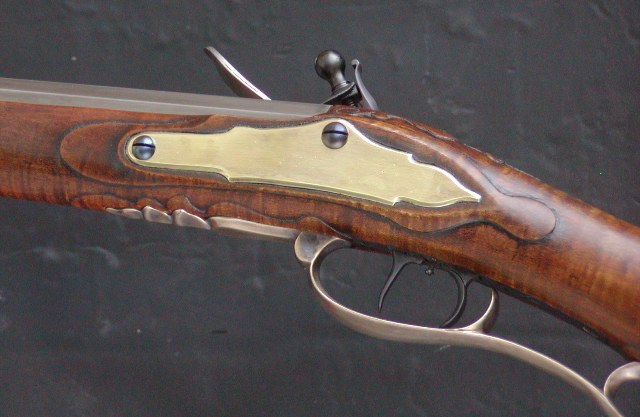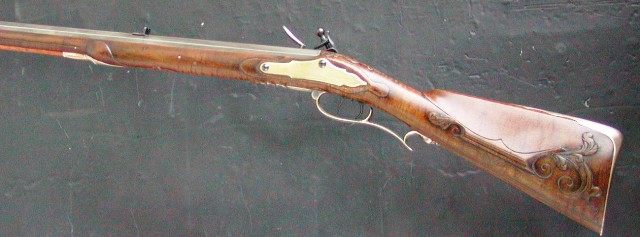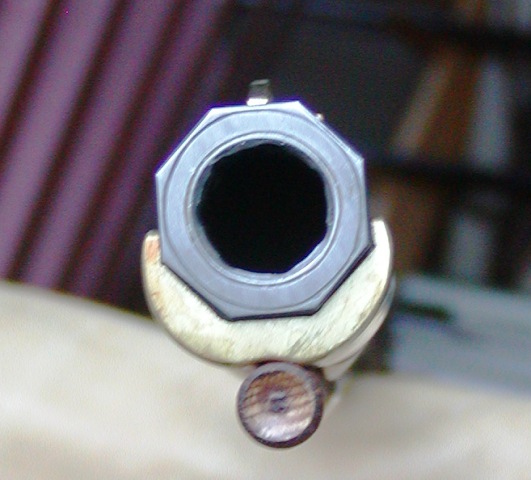OK, more of my "not so easy to answer questions." Grin.
Caspar Wistar was importing rifles and rifle barrels in the then already preferred length of around 3 1/2 feet (42 inches) into Philadelphia in the 1740's. The rifles having come from the Palatine area of the Germanic States would of course been strongly Germanic.
But then these questions come to mind:
1. What gunsmith/s were already working on rifles in/around Philadelphia at that time and who would have used those barrels?
2. Would those rifles pretty much be copies of Germanic Rifles or did they already begin to show American colonial influences?
3. I don't think we have examples of rifles made/stocked here that early, do we?
Gus
Stumbled across a little more history on Palatinate, and German immigration to America...
In the 1560s, under Elector Frederick III, the Palatinate adopted Calvinism and became the bulwark of the Protestant cause in Germany. In 1608 his son, Elector Frederick IV, became the head of the Protestant Union, a military alliance. The Thirty Years War began around 1618 with a quarrel between supporters of Frederick V and the recently crowned Roman Catholic King of Bohemia, Ferdinand. The Palatinate, along with Germany, was plunged into a devastating conflict that left much of the land desolate. Before the end of this war, France, several German states, Sweden, Denmark, and the Netherlands all had become involved. The Peace of Westphalia in 1648 restored the Rhenish, or Lower, Palatinate to Frederick's son, Charles Louis.
The Palatinate was to face another assault from France near the end of the 17th Century. The War of the Grand Alliance involved Louis XIV of France, which was claiming part of the Palatinate (Rheinland-Pfalz), pitted against the League of Augsburg, a coalition of European princes. It lasted from 1687-1689. The Treaty of Ryswick restored the contested lands, but the land was so ravaged that many emigrated. In the early 1700's many German Palatine families re-settled out of Germany, with most fleeing to England (there were reports that the numbers arriving in London may have reached to 13,500). When England tired of the refugees, they were "encouraged" to move on, some then being shipped to Ireland, but most being moved on to settle in America.











